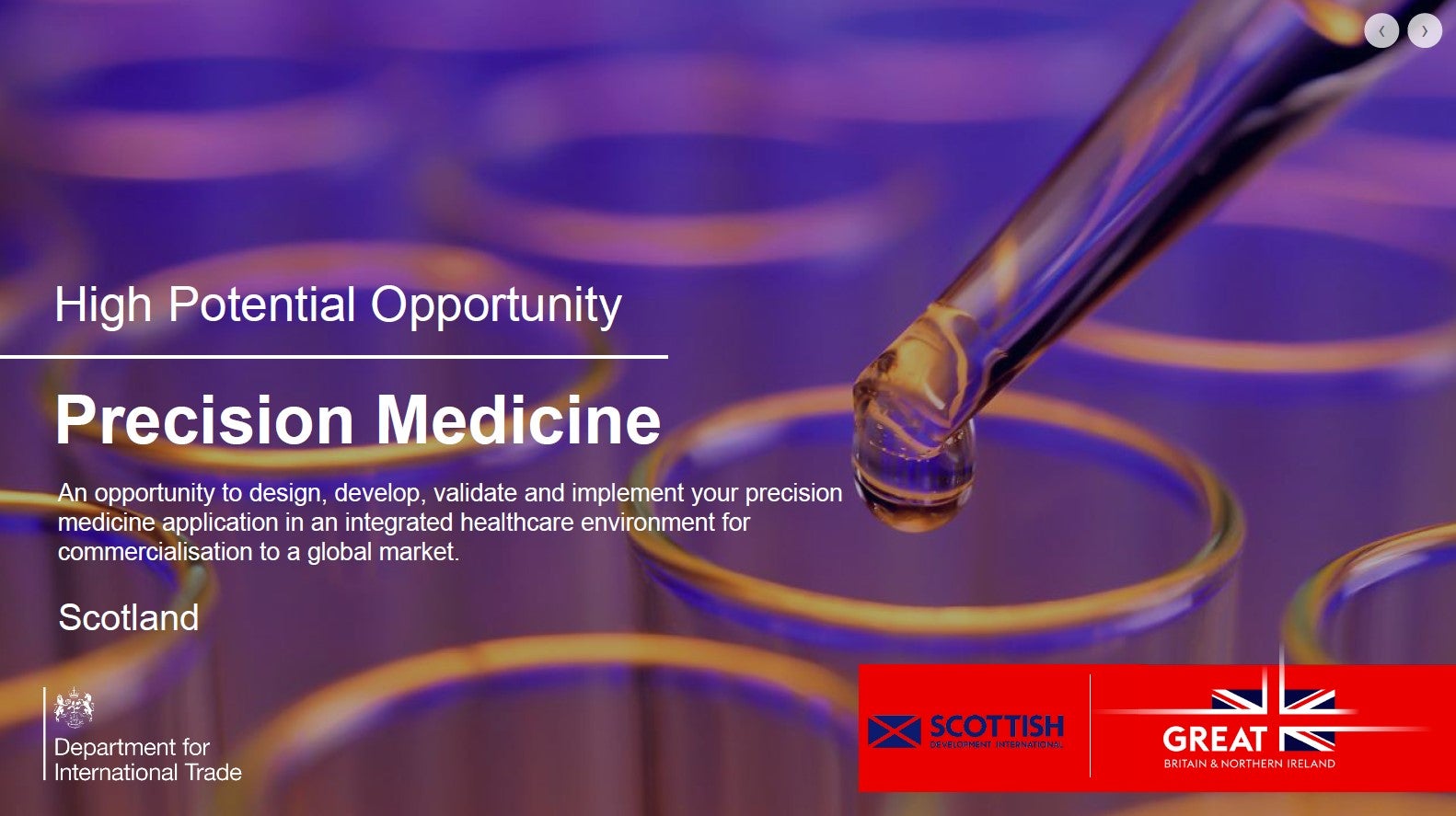
Humanity is coming to a pivotal stage in the fight against climate change. Year-on-year, increasingly alarming statistics about the state of the environment are released, yet little progress seems to be made as net zero deadlines creep ever closer. Six years on from the signing of the Paris Agreement, where 196 countries pledged to hold global warming below 1.5°C, experts say that not enough action is being taken to meet this goal, ultimately leading to devastating consequences like heatwaves and flash flooding.
Somewhat ironically, given its mission to preserve the public health, healthcare is one of the most polluting industries worldwide. If the health sector were a country, it would be the fifth-largest producer of carbon emissions in the world. Its climate footprint makes up 4.4% of global net emissions, the equivalent of 514 coal-fired power plants. These emissions lead to a vicious cycle, themselves causing health problems, which the sector then generates further emissions as it treats.

Discover B2B Marketing That Performs
Combine business intelligence and editorial excellence to reach engaged professionals across 36 leading media platforms.
Numerous healthcare organisations, from public health bodies to pharmaceutical giants, have made sustainability pledges, but many of these can appear to be little more than window dressing upon closer inspection. Companies that commit to carbon neutrality, for example, often rely on carbon offsetting, where continuing high emissions in one aspect of their business are ‘offset’ by a project in another area which avoids these high emissions.
In November the UN Climate Change Conference 2021 (COP26) will take place Scotland. World leaders, negotiators, government representatives, businesses and citizens will converge upon Glasgow for 12 days of talks.
While it’s becoming increasingly easy to dismiss environmental conferences as little more than “blah blah blah”, COP26 has been regarded as having a unique urgency. When the Paris Agreement was settled in 2015, countries committed to bring forward national plans to reduce their emissions, known as Nationally Determined Contributions (NDCs). They agreed to come back with an updated plan every five years that would reflect their highest possible ambitions and – following a one-year delay owing to the Covid-19 pandemic – Glasgow represents a moment for them to update their plans.
Ahead of COP26, Medical Device Network takes a look at what the healthcare sector can do to reduce its environmental impact.

US Tariffs are shifting - will you react or anticipate?
Don’t let policy changes catch you off guard. Stay proactive with real-time data and expert analysis.
By GlobalDataReshaping the supply chain
Approximately 71% of healthcare emissions are linked to supply chain issues: the production, transport and disposal of drugs, chemical agents and medical devices. This is one of several areas that EY global medtech leader Jim Welch says should be a top focus for organisations in the medical sector.
“Here, companies can focus on providing disclosures linked to the environmental impact of their manufacturing sites and transportation networks with the goal of working to net zero carbon emissions,” says Welch.
“They also need to think about the environmental impacts of their suppliers’ supply chains. Increasingly, companies will be expected to disclose environmental, social and governance (ESG) risks associated with the partners who supply components or materials into their products.”
EY’s Future Consumer Now Survey, which was published in January, found that 45% of consumers report that sustainability is more important now than in 2020 while a further 72% believe companies’ behaviours and actions are as important as the products they sell.
The company’s 2021 Pulse of the Industry report, published earlier this week, found that medtech has ultimately been slower than other sectors to respond to the demands of sustainability – particularly when it comes to single-use items.
Welch says: “Therapeutic devices often require single-use packaging for sterility and to maintain the health of patients. Where possible companies need to consider moving from single-use to multi-use. Where single-use is a necessity, medtech companies must think about how to shift their packaging to emphasise recycled materials.”
Single-use stigma
Of course, some items have to be single-use, like the personal protective equipment (PPE) medical staff have relied on during the pandemic, which has generated a huge amount of plastic waste in hospitals. But in cases where multi-use products can be used or developed, this should be prioritised.
The prevalence of single-use items within a system also shouldn’t be used to discredit its other eco-credentials, says BPR Medical global market development manager Ian Buckle.
BPR develops Ultraflow, a device which people in labour can use to breathe in a pain-relieving mixture of nitrous oxide and oxygen called Entonox, more commonly known as gas and air.The company’s device is fitted with an anaesthetic gas scavenging system (AGSS), which directs exhaled gases into a mobile destruction unit (MDU) developed by Swedish medtech firm Medclair. The MDU then breaks the gases down into nitrogen and oxygen, which are harmless. It was used for the first time in the UK in Newcastle earlier this month by new mother Kaja Gersinska.
The negative impact of medical nitrous oxide on the environment is substantial. Nitrous oxide (N2O) has a global warming potential (GWP) 265 to 298 times that of carbon dioxide, remaining in the atmosphere for over 100 years on average.
Medclair’s technology, which is already widely used in Sweden, purifies 99.6% of the nitrous oxide that enters the unit. But, Buckle says, the achievements of BPR and Medclair risk being overshadowed by the system’s use of single-use items. It’s an issue he encountered during the Newcastle birth of Gersinka’s daughter Rosie.
“Single-use plastics is a big issue,” Buckle says. “I was up in Newcastle when baby Rosie was born and the sustainability manager at the hospital was saying that the CO2 equivalent that will have been destroyed through the use of the Medclair device will be completely ignored when somebody realises that in order to use that device you have to have a three-metre piece of hose that is a single-use plastic. That’s what they’ll focus on.”
Digital transformation can facilitate sustainability
Shaking up the supply chain and cutting down on single-use products are major changes for the healthcare system that won’t happen overnight, but adjustments to the way everyday care is being delivered are already making a difference.
Remote healthcare technologies, which became increasingly common during the Covid-19 pandemic, can help remove the ‘care miles’ of patients travelling to and from healthcare settings, as well as the usage of PPE.
Telehealth firm Dignio’s clinical solutions advisor Gurnak Singh Dosanhj says: “Enhancing care pathways so that they are designed around the needs of patients is essential, both for better care and for sustainability.
“Digital transformation can support this process by enhancing care pathways to support care in the patient’s home instead of in a hospital. This can reduce unnecessary travel to hospitals and also lead to smaller physical footprint requirements.”
Dignio’s platform allows healthcare providers to build their own virtual wards, applying the solution to practises like Covid-19 monitoring, care home support and long term condition management. Solutions like telehealth, the company says, are helping to create new, greener pathways to healthcare delivery that may not be possible through existing infrastructure.
Dignio managing director Ewa Truchanowicz adds: “Legacy estates are not helpful, as they were built and expanded with little attention to the net-zero aspect. Retrofitting is expensive, and sometimes not practical, and quicker gains can be achieved from changing how and where care is delivered, rather than trying to ‘fix’ the existing estate.”
An eco-friendly future
BlackRock CEO Larry Fink’s 2021 letter to CEOs noted a 96% increase in mutual funds’ and ETFs’ investments in sustainable assets in the first 11 months of 2020 compared to the entirety of 2019 – but sustainability is more than just big business. Without greener, cleaner industrial practices the future looks increasingly bleak, and the healthcare sector is no exception to this change.
With COP26 looming, the global medical industry has a unique opportunity to re-strategise and reduce its carbon footprint before the 2030 deadline to cut worldwide carbon emissions.
Welch says: “There are a number of organisations setting standards around disclosing climate risk, use of renewable energy and developing net-zero targets. Companies should begin to measure themselves around those metrics.”






